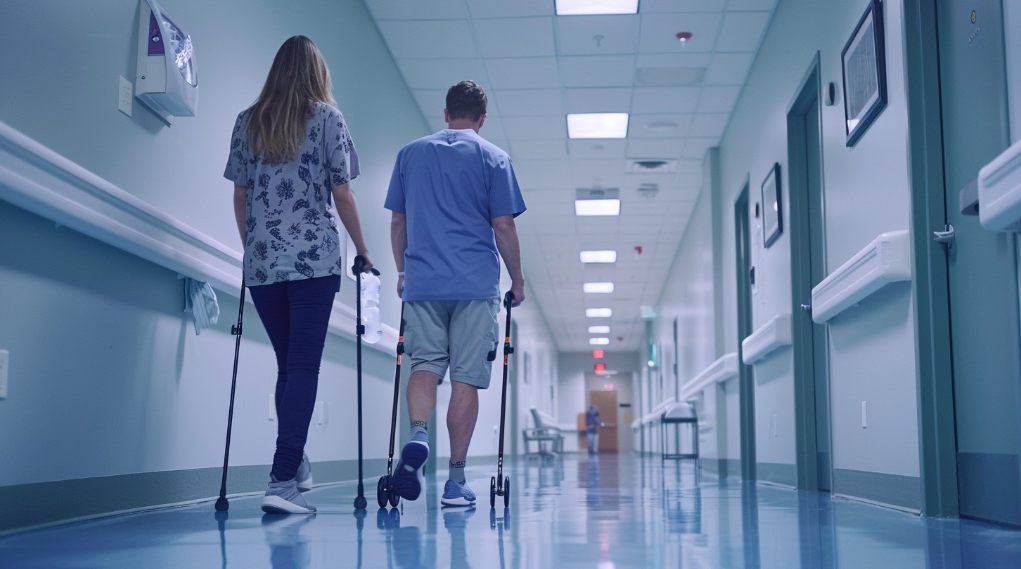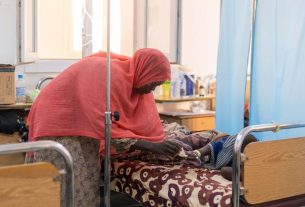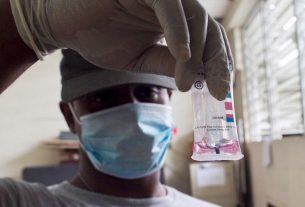A pioneering clinical trial in Switzerland has enabled paralyzed individuals to regain voluntary movement through a combination of brain and spinal cord implants. This innovative approach, known as a “digital bridge,” has shown promising results, including nerve regrowth in some patients, even when the system is turned off.
What Is the Digital Bridge?
Developed by researchers at the Swiss Federal Institute of Technology Lausanne (EPFL) and Lausanne University Hospital (CHUV), the digital bridge is a brain-computer interface that wirelessly connects a patient’s brain to a spinal cord stimulator. Electrodes implanted in the brain decode movement intentions, transmitting them to a spinal implant that stimulates muscles to produce movement. This system allows patients to move paralyzed limbs by simply thinking about it.
Promising Results
Gert-Jan Oskam, a 40-year-old man paralyzed from a cycling accident, participated in the trial. After undergoing the implantation of both brain and spinal devices, Oskam regained the ability to stand, walk, and even climb stairs. Remarkably, he has maintained these abilities for over a year, with some improvements even when the device is turned off, suggesting potential nerve regeneration.
The technology has also been designated as a “breakthrough device” by the U.S. Food and Drug Administration (FDA), expediting its review process. Researchers plan to expand trials to the United States in the coming years.
Future Implications
While the current system requires invasive surgery and external hardware, researchers aim to miniaturize the technology for greater portability and comfort. The success of this trial offers hope for individuals with spinal cord injuries, stroke patients, and others with neurological impairments, potentially restoring lost motor functions and improving quality of life.
This breakthrough underscores the potential of combining neuroscience, engineering, and artificial intelligence to overcome significant medical challenges.



